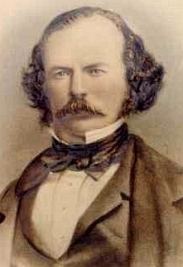 | ||
Currency lads and lasses top 8 facts
Currency is an obsolete term for native-born Australians of European descent. It dates back to early 19th century when New South Wales was still a British colony and penal settlement.
In Two Years in New South Wales, published in 1827, Peter Miller Cunningham wrote: "Our colonial-born brethren are best known here by the name of Currency, in contradistinction to Sterling, or those born in the mother-country. The name was originally given by a facetious paymaster of the 73rd Regiment quartered here–the pound currency being at that time inferior to the pound sterling." It seems that, at that time, coin as a medium of exchange was scarce, so a paper money currency for large and small amounts was issued by many merchants and traders. People who had been born in Britain took to referring to themselves as sterling, whilst, a little contemptuously, they dubbed the native-born currency.
Currency people were often referred to according to gender, as "Currency Lads" and "Currency Lasses." In 1849, J. P. Townsend wrote: "whites born in the colony...are...called 'the currency;' and thus the 'Currency Lass' is a favourite name for colonial vessels," and, according to Edward E Morris, also for hotels.
In 1852, the term was still being used: "A singular disinclination to finish any work completely, is a striking characteristic of colonial craftsmen, at least of the 'currency' or native-born portion." However, when Morris published his Austral English in 1898 he indicated that the term was obsolete.
